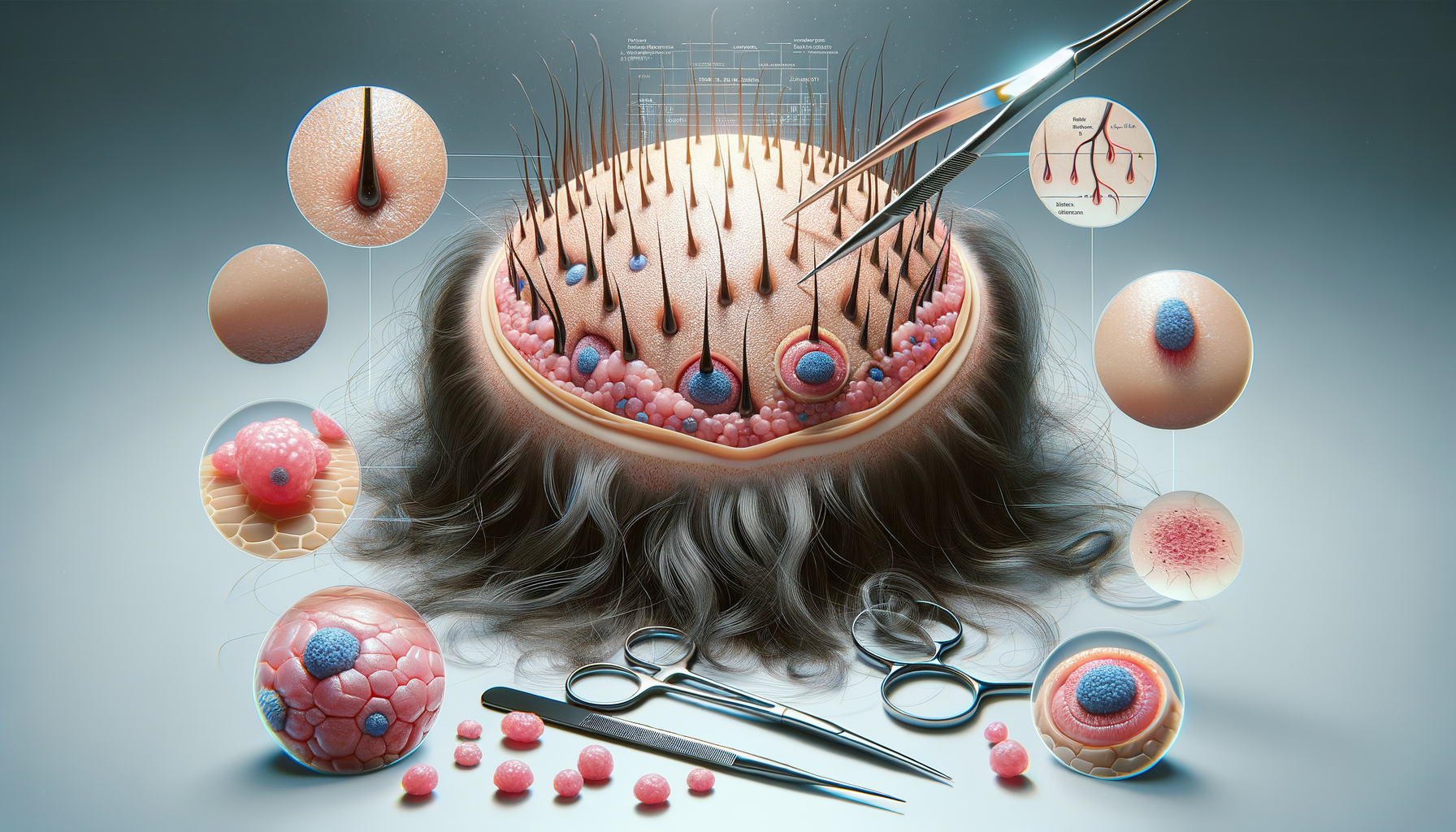The Basics of Hair Transplant
Hair transplant is a surgical procedure aimed at addressing hair loss and balding by moving hair follicles from a part of the body, known as the ‘donor site’, to a bald or balding part of the body referred to as the ‘recipient site’. Primarily used to treat male pattern baldness, this technique can also be applied to restore eyelashes, eyebrows, beard hair, chest hair, and pubic hair, as well as to fill in scars caused by accidents or surgery such as face-lifts and previous hair transplants.
The procedure involves the extraction of hair follicles, which are then transplanted to the thinning or balding areas. There are two main techniques: Follicular Unit Transplantation (FUT) and Follicular Unit Extraction (FUE). FUT involves removing a strip of skin with hair from the donor site, while FUE involves removing individual hair follicles directly from the scalp. Each method has its own advantages and considerations, making it essential for individuals to consult with a qualified surgeon to determine the most suitable approach.
Hair transplants have evolved significantly over the years. Modern techniques ensure a more natural look, with less downtime and minimal scarring. The success of the procedure largely depends on the skill of the surgeon, the quality of the donor hair, and the patient’s adherence to post-operative care instructions.
Factors Influencing Hair Transplant Costs
The cost of a hair transplant can vary significantly based on several factors. One of the primary determinants is the extent of hair loss, which influences the number of grafts required. More extensive hair loss typically requires more grafts, thereby increasing the cost. Additionally, the chosen method of transplantation, whether FUT or FUE, can also affect the price, with FUE generally being more expensive due to its labor-intensive process.
Geographical location plays a crucial role in determining the cost as well. Clinics in metropolitan areas or regions with a high cost of living tend to charge more for their services. Moreover, the reputation and experience of the surgeon can greatly influence the pricing. Surgeons with a high success rate and extensive experience may charge a premium for their expertise.
Other factors that can affect the cost include the clinic’s facilities, the technology used, and any additional services provided, such as post-operative care and follow-up consultations. It’s important for individuals considering a hair transplant to research and compare different clinics, keeping in mind that the cheapest option may not always be the best in terms of quality and results.
Choosing the Right Hair Transplant Clinic
Selecting the right clinic for a hair transplant is crucial to ensure a successful outcome. Prospective patients should consider several aspects when evaluating clinics. First, it’s important to verify the credentials and experience of the surgeon. Look for board certification and memberships in professional organizations, as these can indicate a commitment to maintaining high standards in the field.
Patient reviews and testimonials can provide valuable insights into the quality of care and results achieved by the clinic. Additionally, ask for before and after photos of previous patients to assess the naturalness and effectiveness of the results. A reputable clinic should be transparent and willing to share such information.
During the initial consultation, evaluate the clinic’s facilities and technology. A modern, well-equipped clinic can enhance the overall experience and outcome of the procedure. Furthermore, consider the level of customer service and support offered. A clinic that provides comprehensive pre- and post-operative care, including follow-up consultations, can be indicative of their commitment to patient satisfaction.
Ultimately, choosing a hair transplant clinic is a personal decision that should be made after careful consideration of all these factors. Taking the time to research and select a clinic that aligns with your expectations and needs can lead to a more satisfying and successful hair transplant experience.




Leave a Reply